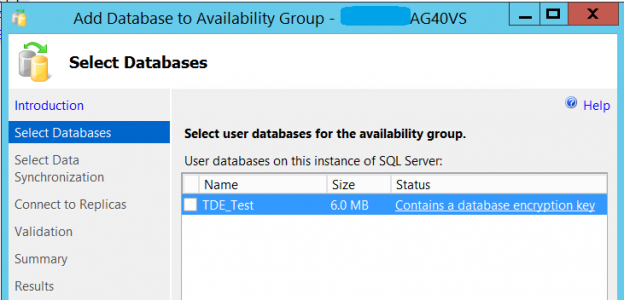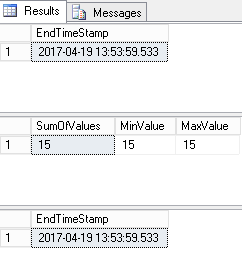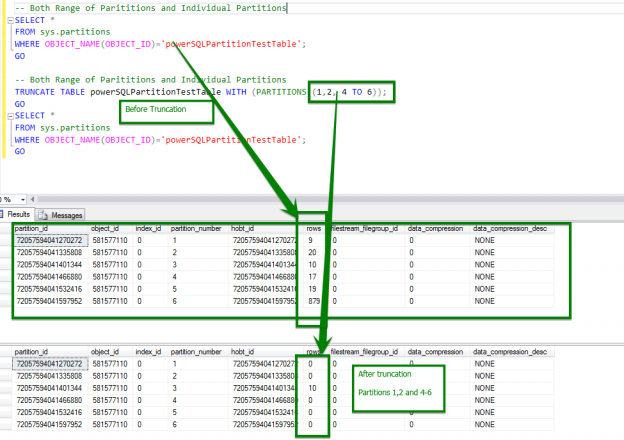A relational database system uses SQL as the language for querying and maintaining databases. To see the data of two or more tables together, we need to join the tables; the joining can be further categorized into INNER JOIN, LEFT OUTER JOIN, RIGHT OUTER JOIN, FULL OUTER JOIN, and CROSS JOIN. All these types of joins that we use are actually based on the requirement of the users.
Read more »























